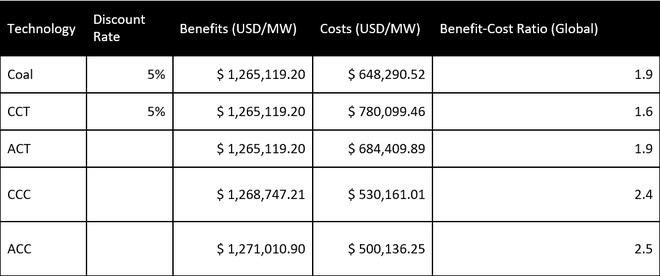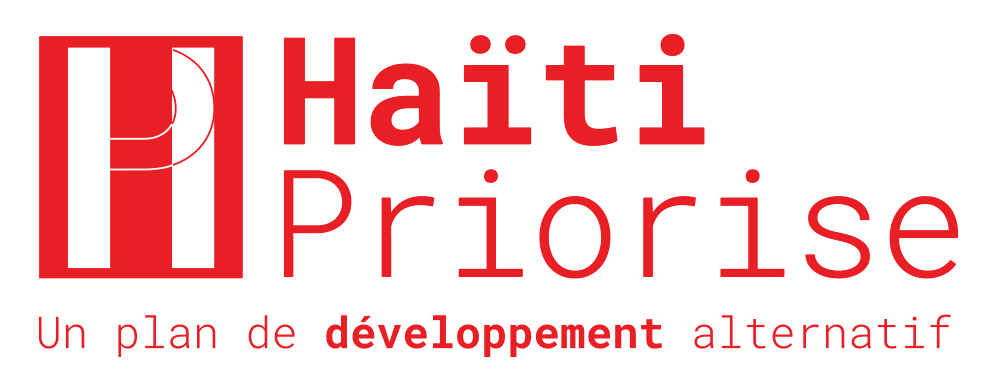Haïti Priorise: Energy Generation, Kashi Belt
The Problem
Haiti’s economic condition both influences, and is influenced by, its failing electricity market. Only 35% of Haitians have access to electricity through grids. In rural areas that figure is 11%. Per capita consumption of electricity in Haiti is significantly lower than other Caribbean countries, and is only two percent of the neighboring Dominican Republic.
The inability to access electricity has serious implications for all Haitians, but is especially harmful for commercial and industrial enterprises. The lack of reliable electricity supply is cited by business owners as the most binding constraint to private sector development. Businesses in Haiti also face some of the highest costs for electricity in the region, making it hard for them to operate competitively. Households also suffer from lack of available power, and are forced to adopt coping strategies such as using small diesel generators to power household appliances, or burning kerosene oil for light. Those Haitians that do have access to electricity through grids face shortages, and it is estimated that those with connections only have electricity for 5-9 hours a day.
Haiti’s electricity sector is also a serious financial burden on Haiti’s economy. The Haitian electricity supplier, EDH requires a transfer that averages $200 million each year to cover operating costs.
The Solutions
- Installing new electricity generation capacity in Haiti using coal, natural gas, and oil burning thermal generators.
Grid-scale thermal generation technologies can produce inexpensive electricity, but are also responsible for the emission of carbon dioxide (CO2), a greenhouse gas that contributes to global climate change.
While there are social costs associated with CO2 emission, these costs should be weighed against the benefits of generation.
Obviously, one of the benefits could be cheaper electricity, in which case there could be a trade-off between environmental concerns and cheap energy. However, it is also possible that the addition of grid scale thermal energy generation will actually lead to a net decrease in CO2 emissions, when compared to the technologies that would be used to produce electricity in its absence.
The technologies considered are:
- Coal
- Advanced Combined Cycle (ACC)
- Advanced Combustion Turbine (ACT)
- Conventional Combined Cycle (CCC)
- Conventional Combustion Turbine (CCT)
Benefits, Costs and BCR
Costs
The primary costs of adding thermal generation capacity to the grid are (i) the costs of capital, and (ii) the operating and maintenance (O&M) costs, which for thermal generators is mainly the cost of fuel. Natural gas is still not easily accessible in Haiti, but it is possible that in the future infrastructure could be built to expand such a market. For now, liquid fuels are the primary fuel source for electricity generation in Haiti. Each technology has a lifespan of 25 years. The costs of capital are annualized in the following table, and a 5% discount rate is used:
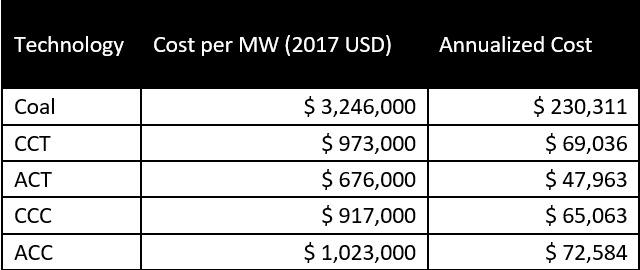
Operating and maintenance costs vary depending on the scenario examined.
Benefits
The benefits are the value of generation, costs saved by generation, and the carbon dioxide emissions that are reduced compared to plausible alternative forms of electricity generation.
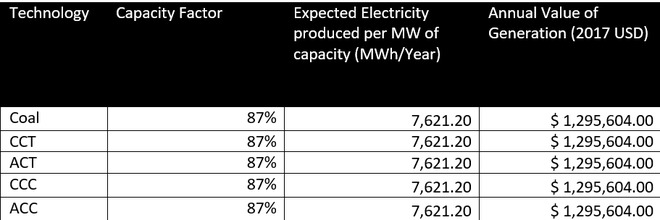
The annual value of the reduction in carbon dioxide emissions from the counterfactual scenario, using a 5% discount rate, is:
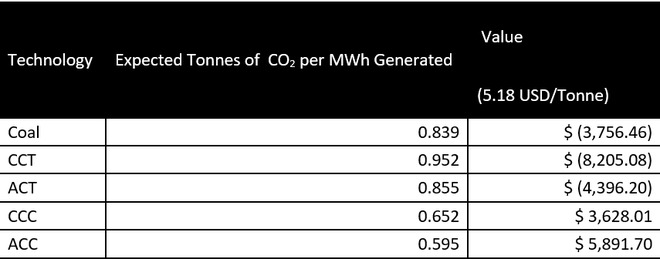
Summary Table of the BCR
